
Chloe Seibert, ‘Concrete Expression #5’ (2013)
By mh
|
Posted in Abstraction
|
Also tagged America, Chloe Seibert, concrete, DIY, expression, eyes, fuckem, fun, mask, material, matter, mouth, puddle, sculpture, the wild, trash, unknown, USA, wall
|
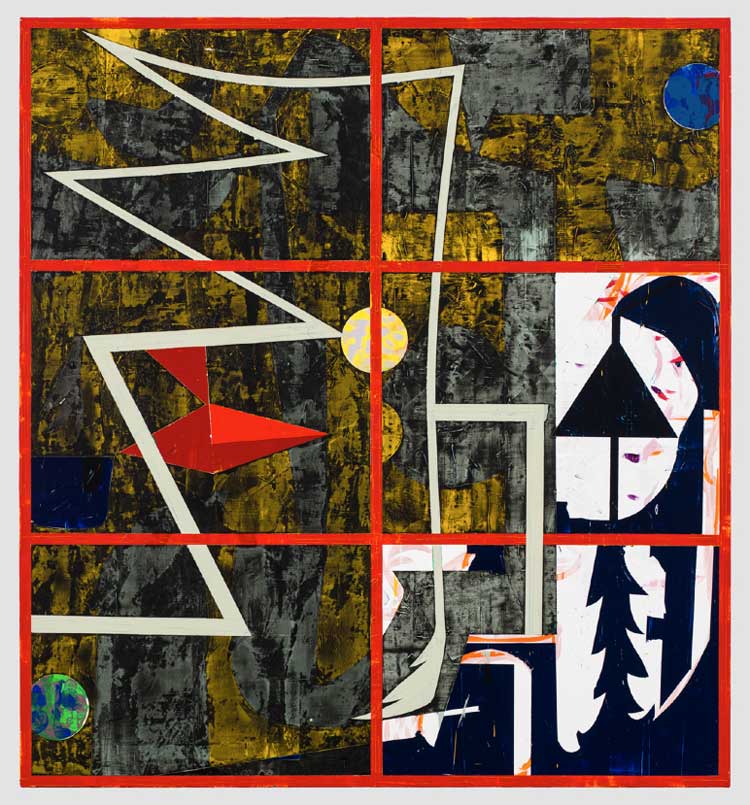
Will Fowler, untitled (2013)
By mh
|
Posted in Abstraction
|
Also tagged Abstraction, America, drawing, fuckem, geometry, gold, grid, harsh, icons, layers, modern, movement, painting, red, rigidity, silver, the wild, tribal, unknown, USA, Will Fowler, yellow
|
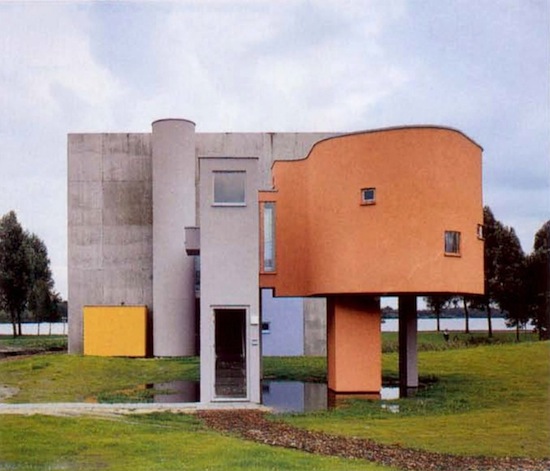

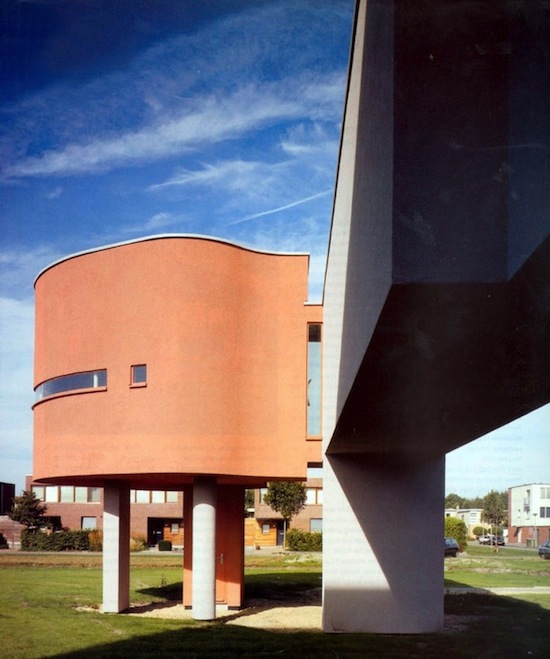
John Hejduk, ‘Wall House II’ (1973), in Groningen (NL).
By mh
|
Posted in Abstraction
|
Also tagged America, architecture, border, concrete, design, divide, fuckem, fun, house, John Hejduk, netherlands, orange, postmodernism, postmodernist, public art, sculpture, separate, unknown, USA, wall, yellow
|
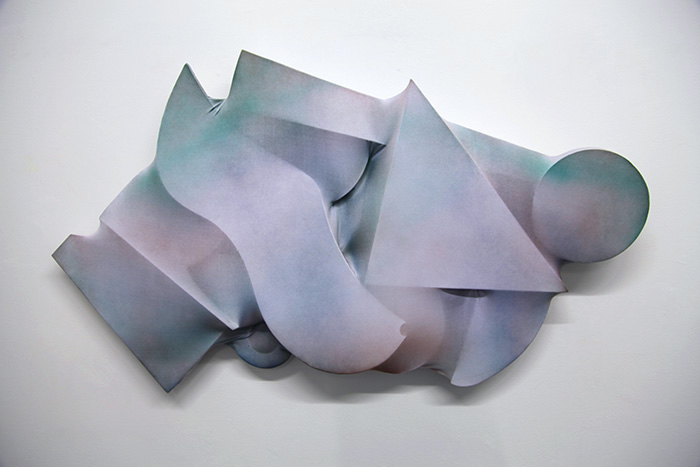
JD Walsh, ‘Second Skin’ (2013)
Painted fabric, stretched on wood.
By mh
|
Posted in Abstraction
|
Also tagged America, canvas, circle, DIY, fabric, form, fuckem, fun, gradient, JD Walsh, obscured, paint, painting, shaped, shapes, textile, the wild, triangle, unknown, USA, wood
|
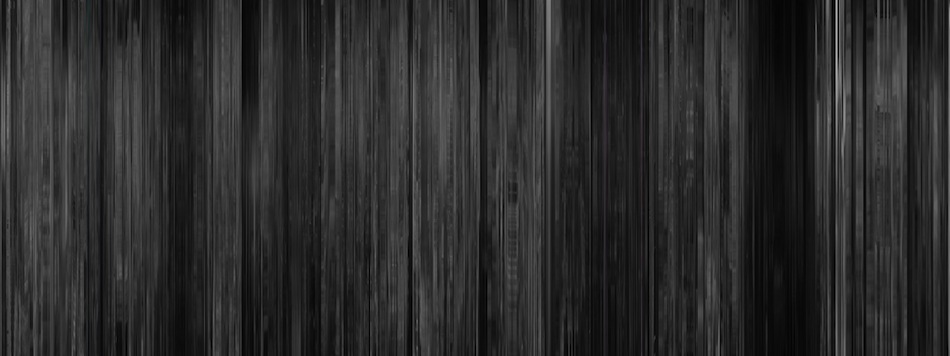
All the frames from ‘The Picture of Dorian Gray’ (1945) in one frame.
From moviebarcode.tumblr.com.
By mh
|
Posted in Abstraction
|
Also tagged Abstraction, action, DIY, dorian gray, film, frames, fuckem, fun, internet, movement, movie, movie barcode, picture, romance, still, unknown
|

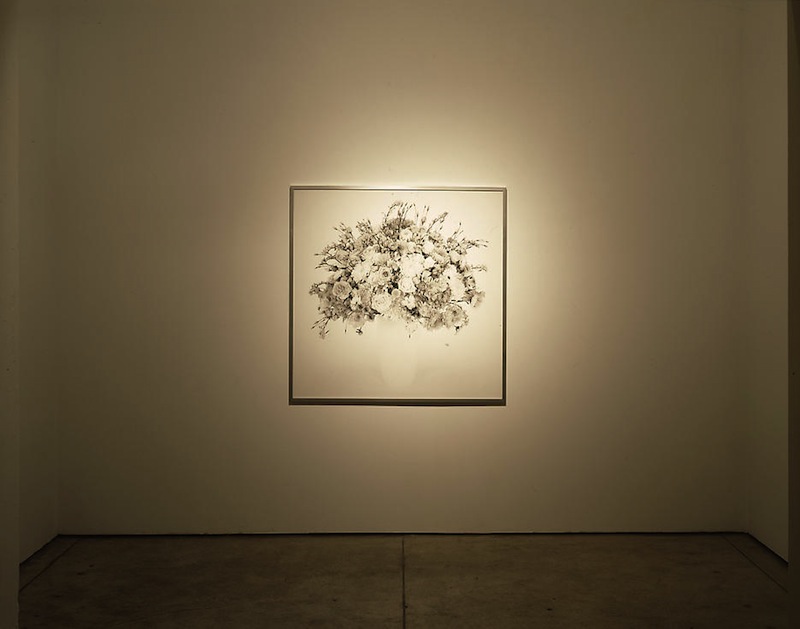
De Rijke/De Rooij, ‘Bouquet IV’ (2005)
Bouquet IV, which consists of a specific flower arrangement, as well as a black and white photograph of the arrangement in a matte aluminum frame, “was organized so that its colors in black and white reproduction translate into a relatively small range of grey-shades, resulting in an even spread of tones from which high contrasts and extremes on either side of the spectrum are excluded.”
By mh
|
Posted in Abstraction
|
Also tagged black, bouquet, collection, colors, colours, De Rijke/De Rooij, DIY, flat, floral, flowers, holland, installation, jeroen de rijke, nature, netherlands, photograph, range, representation, sculpture, tones, white, willem de rooij
|
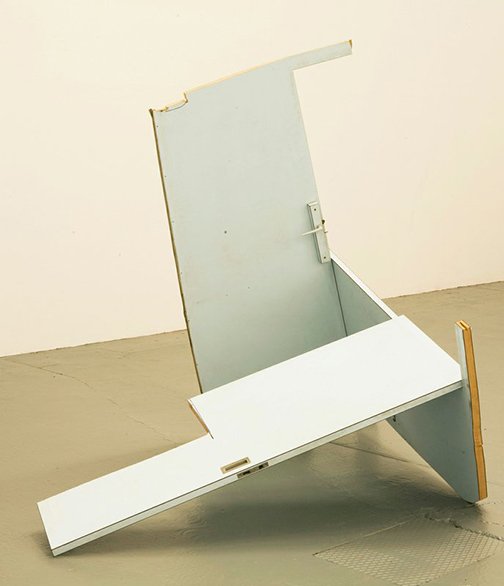
Sarah Braman, ‘Confort Moderne’ (2010)
By mh
|
Posted in Abstraction
|
Also tagged America, assemblage, comfort, cut, DIY, doors, found, fuckem, gray, house, lines, minimalism, minimalist, modern, openings, Sarah braman, sculpture, shapes, the wild, trash, unknown, USA
|
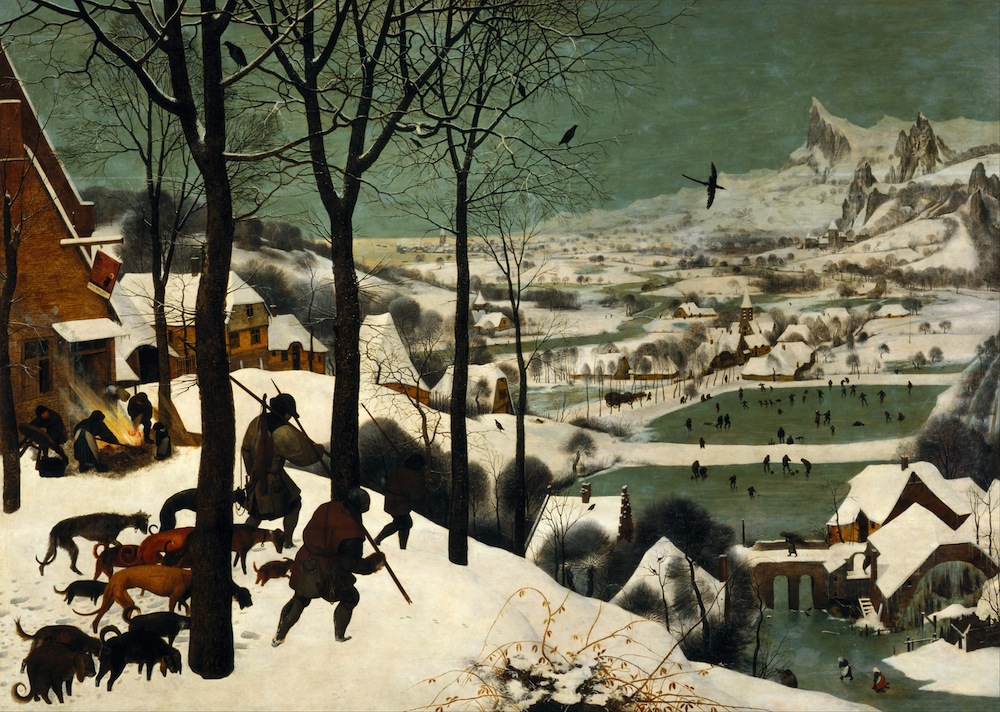
Pieter Bruegel the Elder, ‘Hunters in the Snow (Winter)’ (1565)
By mh
|
Posted in Composition
|
Also tagged animals, belgium, calm, cold, dogs, expedition, flanders, food, gray, home, hunters, man, men, nature, outside, painting, Pieter Bruegel the Elder, return, romance, snow, the wild, town, unknown, white, winter
|
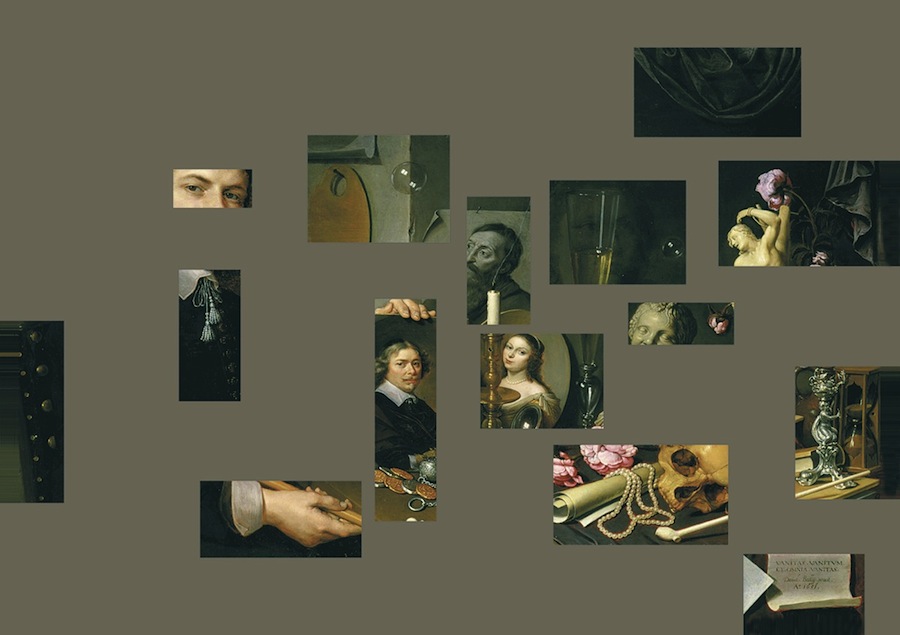
Barbara Bloom, ‘Ghost of Vanitas Still Life’ (1994)
BB had a deep affinity for Dutch “Golden Age” painting, a result perhaps of her many years in Amsterdam, but more pertinently of a shared love of the material world. These were painters fascinated by framing: not only in the form of coy devices like the pulled-back drape at the edge of the canvas, but in the literal depiction of framed pictures within their pictures. (We know the artists whose paintings Vermeer owned because he showed them so often in his own paintings.) In David Bailly’s picture, things and pictures are arrayed across the surface of his canvas. Whatever his allegorical intentions, Bailly’s concern with the observable world, in all its idiosyncratic particulars, has trumped conventional narrative. BB’s peekaboo mounting only exacerbates Bailly’s pre-occupation with distracting surfaces and the limpid connections of thoughts and things.
By mh
|
Posted in Composition
|
Also tagged american, Barbara Bloom, canvas, collection, David Bailly, describe, device, DIY, dutch, fragment, frames, framing, ghost writer, gray, hide, intervention, material, mount, narrative, netherlands, painting, romance, still life, things, thoughts, vanitas, windows
|


